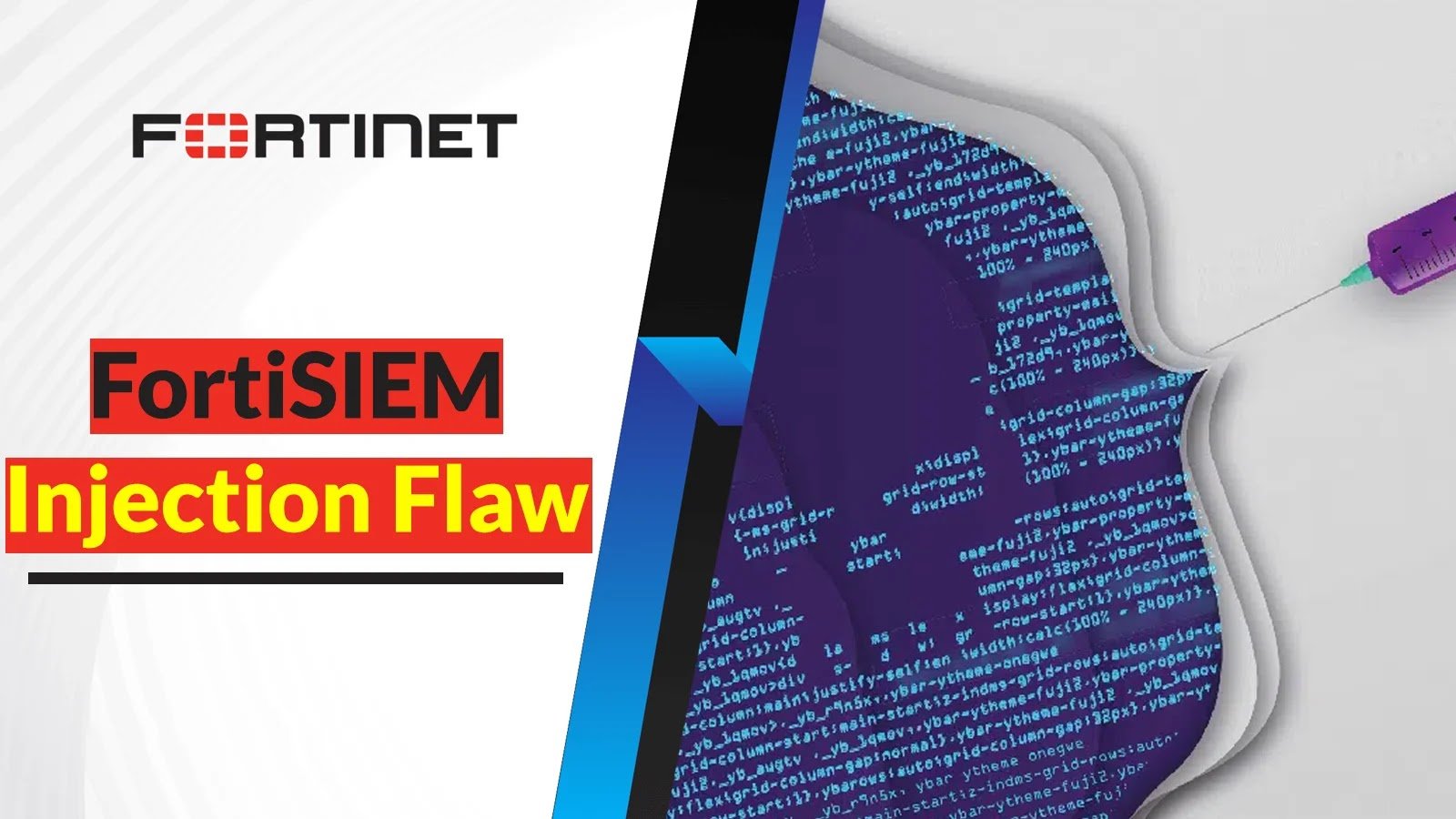The Rise of AI in IT Security and Threat Prevention
Artificial Intelligence (AI) has revolutionized various sectors, and its role in IT security and threat prevention is increasingly pivotal. Cyberattacks have grown in complexity and frequency, and traditional security measures often struggle to keep pace. AI, with its ability to learn, adapt, and predict, offers powerful solutions to these modern challenges.
1. AI-Driven Threat Detection
AI is being leveraged to detect potential threats more accurately and quickly than traditional systems. This includes:
- Anomaly Detection: AI models can identify unusual patterns in network traffic, user behavior, and system activities that might signal a potential breach. Machine learning algorithms can continuously learn what “normal” activity looks like and flag deviations in real time.
- Behavioral Analysis: By monitoring user and system behaviors, AI systems can identify insider threats or compromised accounts. For instance, if an employee’s account suddenly accesses sensitive files or unusual locations, AI can flag it as suspicious.
2. Automated Response
AI isn’t just about detection—it also automates responses to mitigate threats quickly.
- Autonomous Threat Mitigation: In cases of ransomware attacks or data breaches, AI can automatically isolate compromised systems, reset credentials, or block suspicious IP addresses without human intervention.
- Incident Response: AI-driven Security Information and Event Management (SIEM) systems can prioritize and escalate incidents based on their potential impact, allowing security teams to focus on the most critical threats.
3. AI in Malware Detection
Traditional malware detection often relies on signature-based methods, which require constant updates and are limited in scope. AI, on the other hand, can recognize malware based on its behavior rather than its known signature.
- Zero-Day Threat Detection: AI can identify previously unknown malware (zero-day threats) by analyzing code behavior in real-time, even if the malware has never been seen before.
- Advanced Endpoint Protection: AI is increasingly integrated into endpoint security tools, enabling them to detect and block malware, phishing attacks, and other forms of cyberattacks by examining the patterns of data usage.
4. Predictive Threat Intelligence
AI can predict potential security risks by analyzing large datasets, including past attacks, industry trends, and threat intelligence reports.
- Threat Hunting: AI assists in threat hunting by analyzing logs and network data to uncover patterns that might suggest a hidden or emerging threat.
- Proactive Defense: AI models can provide recommendations for security enhancements by predicting where vulnerabilities may exist, allowing IT teams to shore up defenses before an attack occurs.
5. AI in Fraud Detection
AI models are adept at detecting fraudulent activities across various industries, particularly in finance and e-commerce. By analyzing transaction patterns and user behavior, AI can detect anomalies that suggest fraud in real time.
- Credit Card Fraud: AI models track real-time transaction data to identify and prevent fraudulent transactions, reducing financial losses for both consumers and businesses.
- Account Takeover Prevention: AI detects unusual login attempts, such as those from unrecognized devices or locations, helping to prevent unauthorized access to accounts.
6. Challenges and Considerations
Despite its advantages, the rise of AI in security comes with its own set of challenges:
- False Positives: AI systems might generate false positives, flagging legitimate activities as threats, which can overwhelm security teams and lead to alert fatigue.
- Adversarial Attacks: Attackers can exploit AI systems by feeding them misleading data, known as adversarial inputs, to bypass detection.
- Data Privacy Concerns: AI models often require access to large datasets, raising concerns about data privacy and compliance with regulations like GDPR or CCPA.
7. AI and Human Collaboration
While AI provides powerful tools for IT security, human expertise remains critical. AI enhances human capabilities rather than replacing them. Skilled security professionals are still needed to configure, monitor, and interpret AI-driven systems.
Conclusion
The integration of AI into IT security and threat prevention is transforming the landscape. As cyber threats evolve, AI-driven systems will continue to play a crucial role in defending organizations, detecting vulnerabilities, and automating responses to attacks. However, a balanced approach that combines AI with human oversight is essential to ensure effective and resilient cybersecurity strategies.





